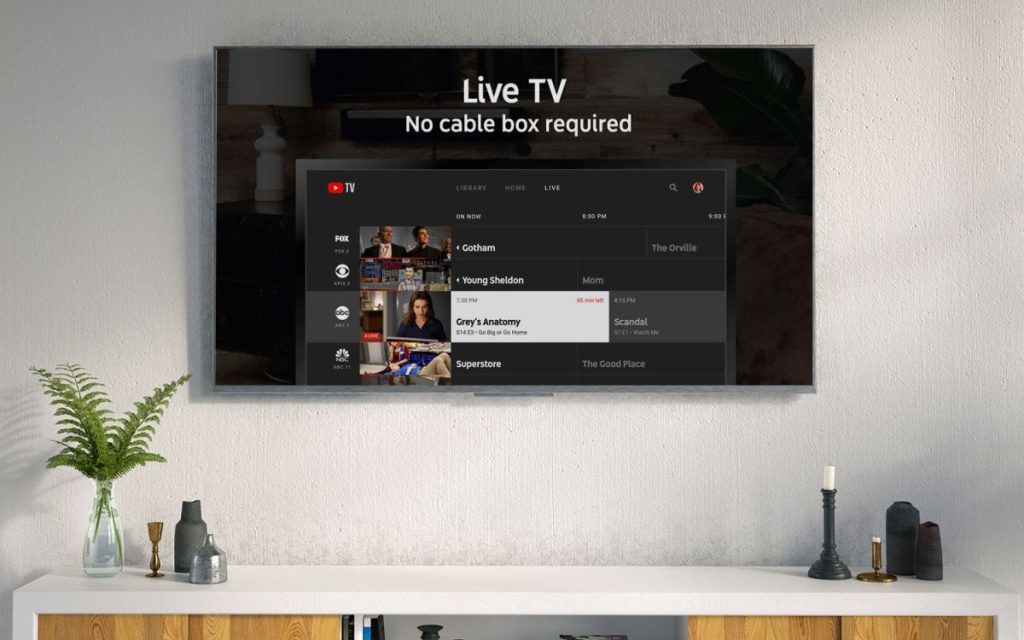Enjoy Your Favorite Shows with Cable TV
CABLE TELEVISION
Cable television is a system of delivering television programming to paying subscribers via radio frequency (RF) signals transmitted through coaxial cables, or in more recent systems, light pulses through fiber-optic cables. This contrasts with broadcast television, in which the television signal is transmitted over the air by radio waves and received by a television antenna attached to the television. FM radio programming, high-speed Internet, telephone services, and similar non-television services may also be provided through these cables. Analog television was standard in the 20th century, but since the 2000s, cable systems have been upgraded to digital cable operation.

PRINCIPALS OF OPERATION
Transmission
Cable TV signals are transmitted through a coaxial cable from the cable company's headend or hub to the subscriber's home. Frequency division multiplexing allows multiple channels to be transmitted through one cable without interference.
Decoding
At the subscriber's home, the cable signal is decoded by a cable box or a TV with a built-in cable tuner. The cable box or TV translates the desired channel back to its original frequency and displays it on the screen.
Encryption and Activation
To prevent unauthorized access to premium channels or pay-per-view events, cable TV signals are typically encrypted on modern digital cable systems. The cable box or TV requires activation by the cable company through an activation code before it can function. Non-payment can result in deactivation of the box.
Get in Touch with Us for Cable TV Solutions
Our team can help you select the right cable TV package, answer your questions, and provide excellent customer service. Contact us by phone, email, or through our website to learn more and enhance your viewing experience.
